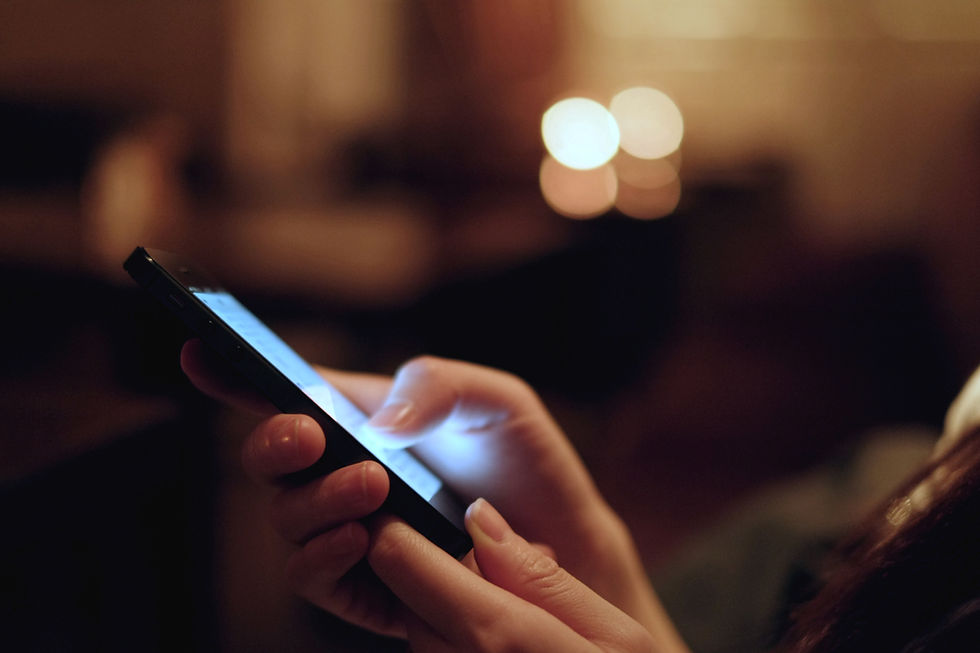Co-Dependency to Connection: How We Heal Our Attachment Wounds and Learn to Love Like Grown-Ups
- Fiona Oppenheimer

- May 14, 2025
- 4 min read

By a psychotherapist who's learnt to walk the path too!
Let’s talk about co-dependency. Not the pop-psych version that gets thrown around on social media, but the real, painful, often hidden pattern that keeps so many of us stuck in relationships that feel like they both save us and suffocate us.
I’ve been there myself—overgiving, over-functioning, walking on eggshells, or anxiously scanning for signs that I might be “too much” or “not enough.” And I see it all the time in my therapy room: strong, capable people who feel lost in love, confused about their needs, and afraid of being alone… but also afraid of being engulfed.
So what is co-dependency, really?
Co-Dependency: When We Lose Ourselves to Stay Connected
Co-dependency is what happens when we’ve learned—usually early on—that our sense of worth or safety depends on someone else. It’s a kind of emotional enmeshment, where boundaries blur and we try to manage other people’s feelings to calm our own. We give too much, hold back too much, or lose ourselves trying to keep the peace or avoid abandonment.
At its core, co-dependency is a survival strategy. It’s not a flaw. It’s something we developed when we didn’t have the tools or support to regulate our own emotions or feel safe in our own skin.
Attachment Theory: Where It All Begins
Our earliest relationships teach us how love works. If our caregivers were attuned, present, and consistent, we learned that we could trust, express, and be met. But if they were unpredictable, emotionally unavailable, overly controlling, or enmeshed, we might have learned to:
Overfunction to stay close (anxious attachment)
Withdraw to protect ourselves (avoidant attachment)
Or both—confused and chaotic (disorganized attachment)
These attachment styles aren’t labels; they’re adaptive responses. But they tend to follow us into adult relationships, where we replay old patterns and try to find safety in places that may never offer it.
When We Can’t Self-Regulate, We Try to Regulate Each Other
One of the biggest challenges in co-dependent relationships is the lack of emotional self-regulation. We rely on our partner to calm us down, validate us, fix us—or we take on the job of regulating them. Either way, we lose the ability to sit with our own discomfort or trust ourselves to handle hard feelings.
When we can’t self-soothe, we either grasp or withdraw. We over-talk or shut down. We manipulate or martyr. And intimacy becomes a tug-of-war between control and collapse.
So What Actually Helps?
Healing from co-dependency isn’t about becoming “independent” in some hyper-individualistic way. It’s about becoming a whole, emotionally mature human being who can stand on their own and connect deeply with others. Here’s what helps:
1. Emotional Intelligence
Learning to recognize, name, and manage your emotions is a game changer. It allows you to respond instead of react. It teaches you to check in with yourself before checking out or lashing out. And it opens the door to vulnerability instead of reactivity.
2. Self-Responsibility
This is the real cornerstone. When we own our feelings, thoughts, and behaviors, we stop blaming, fixing, or over-functioning. We stop needing our partner to be our emotional regulator—and start showing up as equals. Adult-to-adult. Not child-to-parent or rescuer-to-victim.
3. Empathy and Communication
Real intimacy isn’t about mind-reading or people-pleasing. It’s about saying, “Here’s what’s real for me—what’s real for you?” It’s being able to hold space for someone else without losing yourself, and being open enough to let them hold space for you.
4. Understanding the Drama Triangle
Stephen Karpman’s Drama Triangle is one of the most useful tools I’ve come across in relationship work. In it, we tend to fall into one of three roles: Victim, Rescuer, or Persecutor. And guess what? All three are co-dependent roles. They keep us stuck in cycles of blame, guilt, and helplessness. See my blog about the Drama Triangle below.
But there’s an antidote: the Empowerment Triangle:
Victim becomes Creator (owning their agency), "I can..."
Rescuer becomes Coach (offering support without over-functioning), "I'll support you as long as your supporting yourself."
Persecutor becomes Challenger (asserting truth with respect). "Have a look and see if it's true for you?"
It’s a shift from drama to maturity. From emotional reactivity to conscious relating.
Learning to Love Like Adults
When we learn to self-regulate, take responsibility, and show up with empathy and clarity, we create relationships where both people can thrive. Not perfect relationships—but real ones. Relationships where we can say, “I trust myself to handle what comes up in me, and I trust you enough to share it with you.”
We stop needing our partner to complete us—and start choosing them, over and over again, from a place of strength, not survival. We become two whole people, capable of cherishing each other not because we need to, but because we want to.
And that, to me, is what real love looks like.
If this resonates with you, you’re not alone. Healing co-dependency is a journey—but it's one worth taking.
After reading this you’re already on your way.




Comments